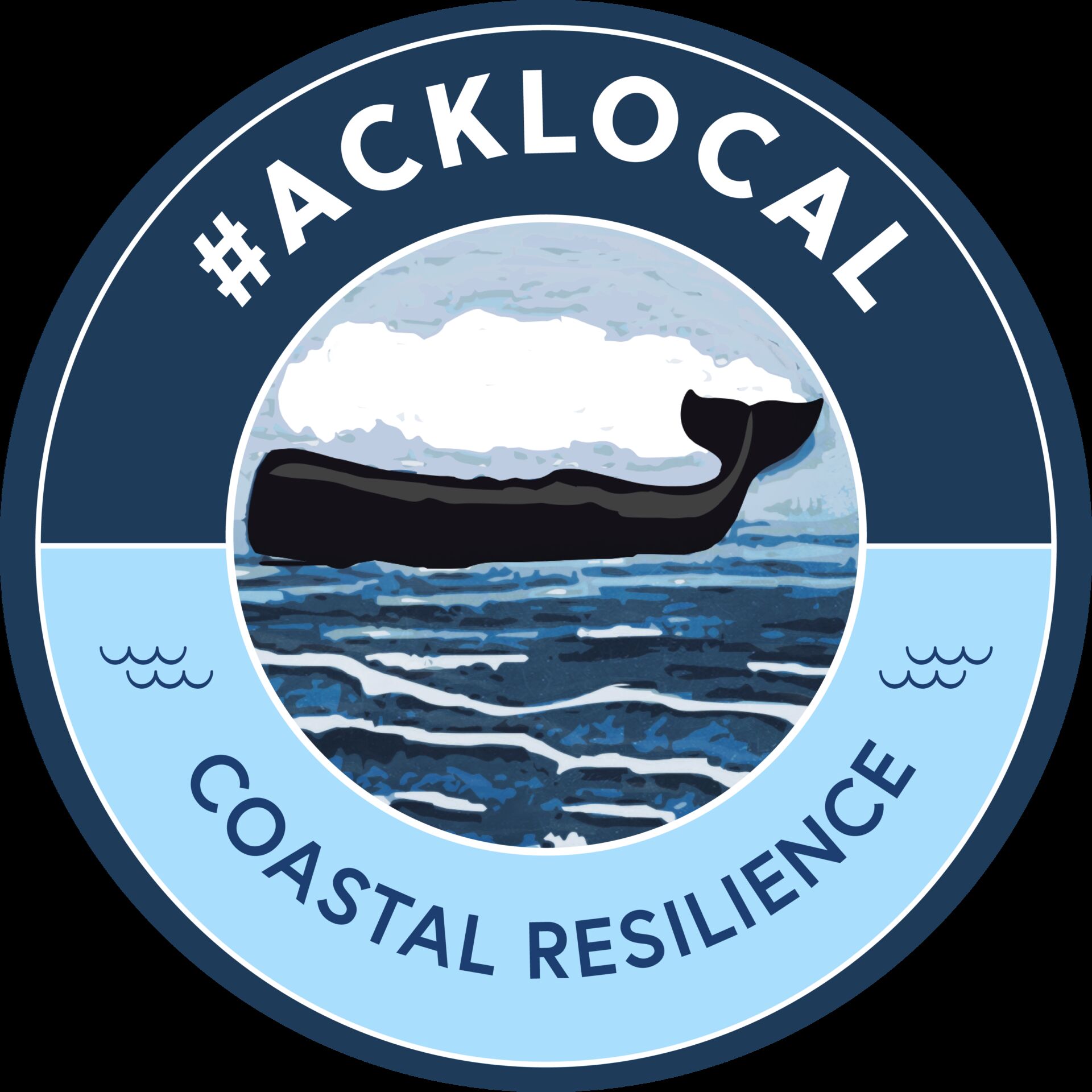Climate Action, Coastal Resilience Plans Discussed At Local Coastal Conference
JohnCarl McGrady •
The Nantucket Coastal Conference, featuring a series of talks by experts on coastal issues facing the island, was held at the Atheneum on Monday. The Conference included an update on the development of a Climate Action Plan for Nantucket, which would reduce the island’s reliance on greenhouse gasses and its role in exacerbating climate change. But no matter how good the plan is, it might be too late to safeguard Nantucket from the dangers posed by climate change, a problem that will require global cooperation to meaningfully solve.
“We need miracles,” Vince Murphy, Nantucket’s Sustainability Programs Manager, acknowledged.

This isn’t the first time Nantucket has considered developing a CAP. The idea was first pursued in 2011, but the Town ultimately went a different direction, and what would have been the CAP became the Nantucket Energy Plan. Now, Murphy is spearheading a renewed effort to make the CAP a reality.
“We use a lot of energy here on Nantucket, and we produce too much carbon,” he said.
How much carbon? According to Murphy’s data, the island produces about 141 thousand metric tons of carbon dioxide equivalent in greenhouse gases annually. That’s equal to 16 million gallons of gasoline, enough to fill 24 Olympic swimming pools. Using the United States census data to estimate Nantucket’s population, that works out to 9.9 tons per capita which, according to Murphy’s data, is higher than the Massachusetts average of 7.4, but lower than the national average of 13.8. Of course, it is well known that Nantucket’s census data is questionable, so the actual per capita figure may be lower.
Murphy doesn’t want to just compare Nantucket to the state and the country, however. He also has his eyes set on Martha’s Vineyard, which already has a Climate Action Plan.
“What’s the fastest way to get something done on Nantucket?” He asked. “Say Martha’s Vineyard already has it.”
For now, the Climate Action Plan is still in its earliest stages, but soon, Murphy hopes to make it a reality.
Leah Hill, Nantucket’s Coastal Resilience Coordinator, provided an update on another municipal plan: the Coastal Resilience Plan. One and a half years after the plan was finalized, implementation is broadly going well. Over half of the projects proposed in the plan are underway, in development, or complete, putting the Town on pace to meet its goal of implementing all of the recommendations by 2050.
Also during the conference, Dr. Jen Karberg, Director of Research and Partnerships at the Nantucket Conservation Foundation, presented on NCF’s use of an artificial oyster reef to reduce erosion and restore biodiversity at the mouth of a salt marsh that was previously ecologically degraded and had very little in the way of shellfish life.
According to Karberg, the reef has been a success. The oysters are growing well, the water has been slowed, and sediment is accumulating behind the reef. In a year or two, some of the oysters may even be available for consumption, perhaps as part of an educational partnership with local schools.
“It seems like we're protecting the marsh really well,” Karberg said.
The Conference started with a keynote address from Dr. Sarah Das of the Woods Hole Oceanographic Institute on the importance of the coming decade for coastal communities and the threats posed to them by climate change. It included well over a dozen talks in total. Topics ranged from Rhode Island’s coastal resilience efforts to a trailer for a documentary about the Coskata-Coatue wildlife refuge.